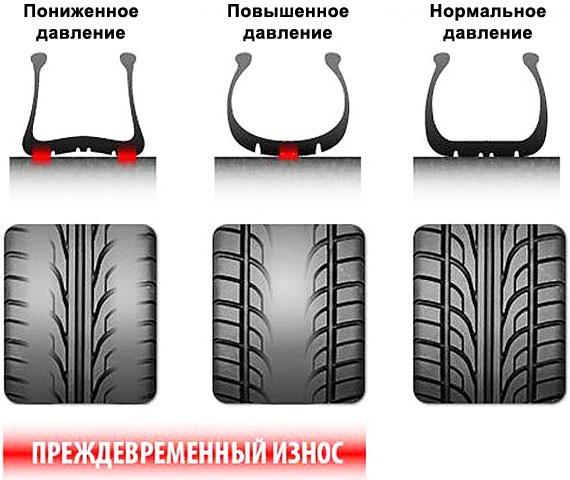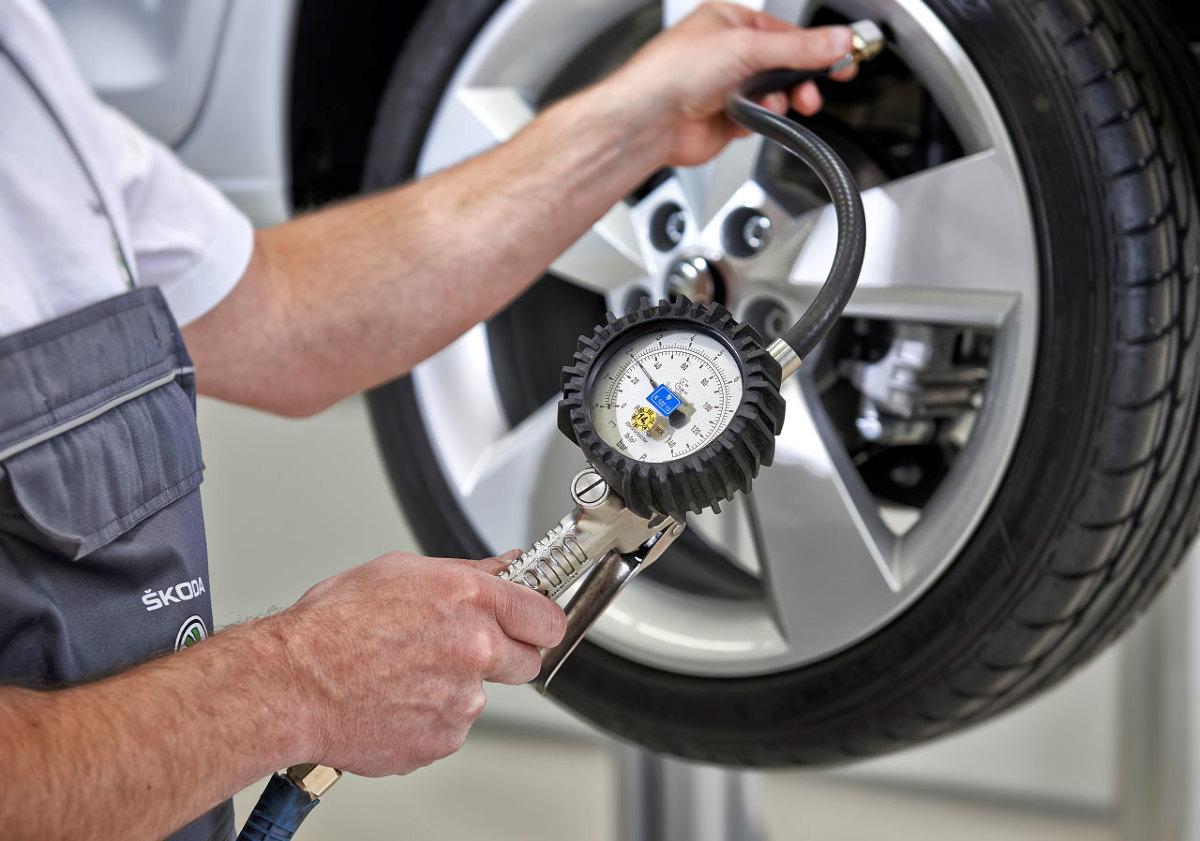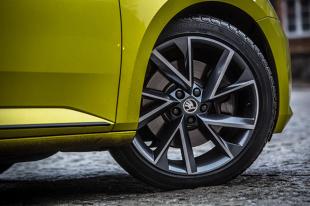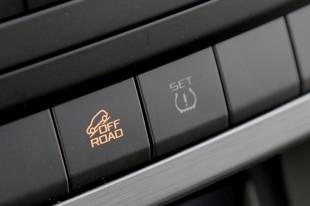
Tire pressure is important for safety
 Most drivers know that, for example, the ABS system helps to improve driving safety. But a minority already know that the TPM system, i.e. the tire pressure monitoring system, serves the same purpose.
Most drivers know that, for example, the ABS system helps to improve driving safety. But a minority already know that the TPM system, i.e. the tire pressure monitoring system, serves the same purpose.
According to a study by tire manufacturer Michelin, more than 64 percent of drivers have the wrong tire pressure. Meanwhile, too low or too high tire pressure affects driving safety. Tires are the only elements that come into contact with the road surface, thus taking on a responsible task. Skoda Auto Szkoła experts explain that the area of contact of one tire with the ground is equal to the size of a palm or a postcard, and the area of contact of four tires with the road is the area of one A4 sheet.
 Tire pressures that are too low can cause the vehicle to respond slowly and sluggishly to steering inputs. A tire that has been driven too low for a long time has more tread wear on both outer sides of the front surface. A characteristic dark stripe forms on its side wall.
Tire pressures that are too low can cause the vehicle to respond slowly and sluggishly to steering inputs. A tire that has been driven too low for a long time has more tread wear on both outer sides of the front surface. A characteristic dark stripe forms on its side wall.
– Also remember that the braking distance of a vehicle with low-pressure tires is increased. For example, at a speed of 70 km/h, it increases by 5 meters, explains Radosław Jaskolski, instructor at Skoda Auto Szkoła.
On the other hand, too much pressure means less contact between the tire and the road, which affects the car's oversteer. Road grip is also deteriorating. And if there is a loss of pressure in a wheel or wheels on one side of the car, we can expect the car to "pull" to that side. Excessively high pressure also causes deterioration of damping functions, which leads to a decrease in driving comfort and contributes to faster wear of the vehicle's suspension components.
 Incorrect tire pressure also leads to an increase in the cost of operating a car. For example, a car with a tire pressure that is 0,6 bar below the nominal pressure will consume an average of 4 percent. more fuel, and the life of under-inflated tires can be reduced by as much as 45 percent.
Incorrect tire pressure also leads to an increase in the cost of operating a car. For example, a car with a tire pressure that is 0,6 bar below the nominal pressure will consume an average of 4 percent. more fuel, and the life of under-inflated tires can be reduced by as much as 45 percent.
Among other things, safety considerations led to the fact that a few years ago, car manufacturers began to implement a tire pressure monitoring system in their cars. The idea was not only to notify the driver of a sudden drop in tire pressure, such as the result of a puncture, but also of pressure drop beyond the required level.
From November 1, 2014, every new car sold in the EU markets must have a tire pressure monitoring system.
There are two types of tire pressure monitoring systems, the so-called direct and indirect. The first system was installed in high-end cars for many years. Data from sensors, most often located on the valve, is transmitted via radio waves and presented on the screen of the on-board monitor or car dashboard. This allows you to constantly and accurately control the pressure in each of the wheels.
Medium and compact vehicles, such as Skoda models, use a different indirect TPM (Tire  pressure control system). In this case, the wheel speed sensors used in the ABS and ESC systems are used for measurements. The tire pressure level is calculated based on the vibration or rotation of the wheels. This is a cheaper system than a direct one, but just as effective and reliable.
pressure control system). In this case, the wheel speed sensors used in the ABS and ESC systems are used for measurements. The tire pressure level is calculated based on the vibration or rotation of the wheels. This is a cheaper system than a direct one, but just as effective and reliable.
You can find out about the correct tire pressure for your car in its owner's manual. But for most cars, such information is stored in the cabin, or on one of the body elements. In the Skoda Octavia, for example, pressure values are stored under the gas filler flap.

